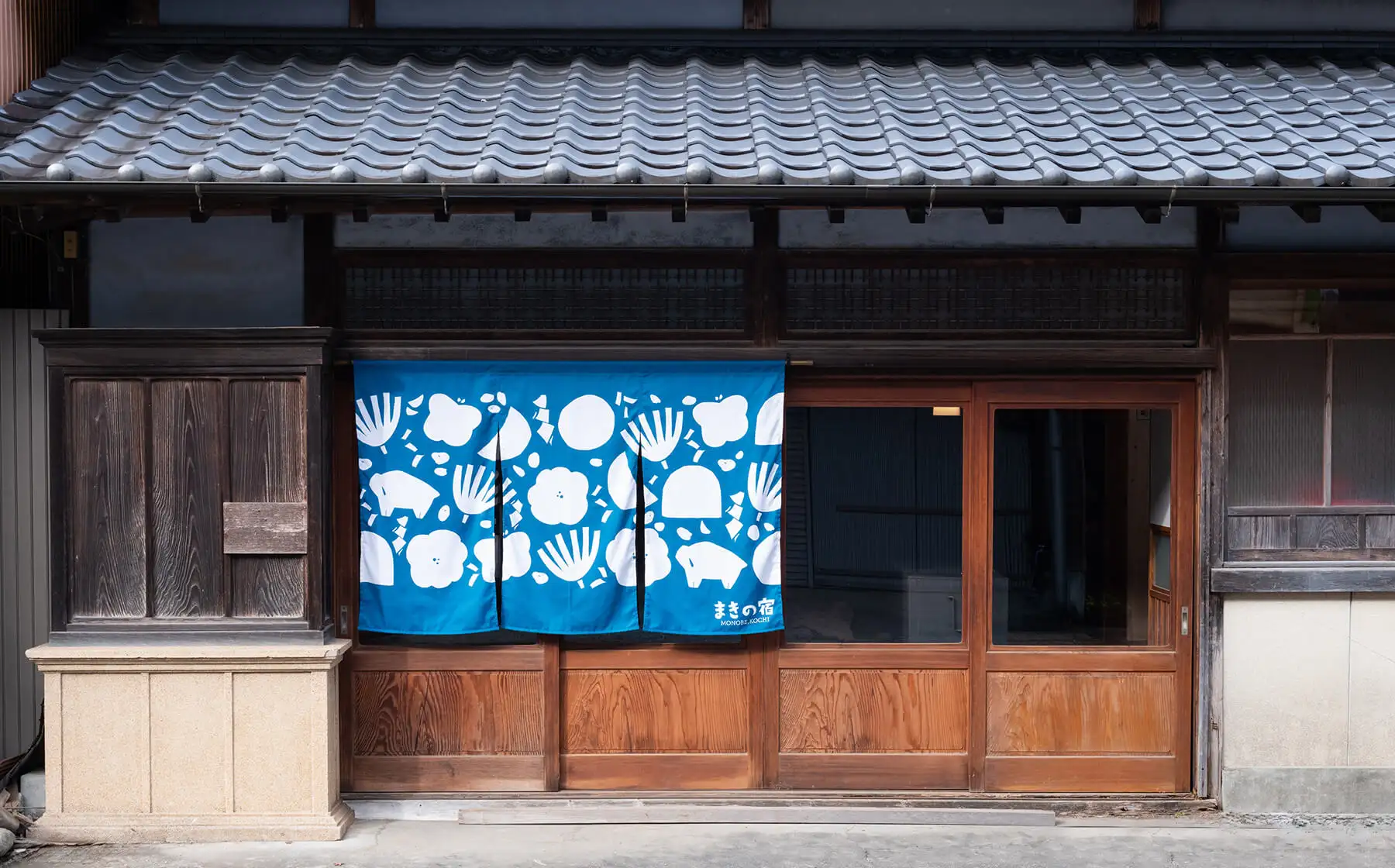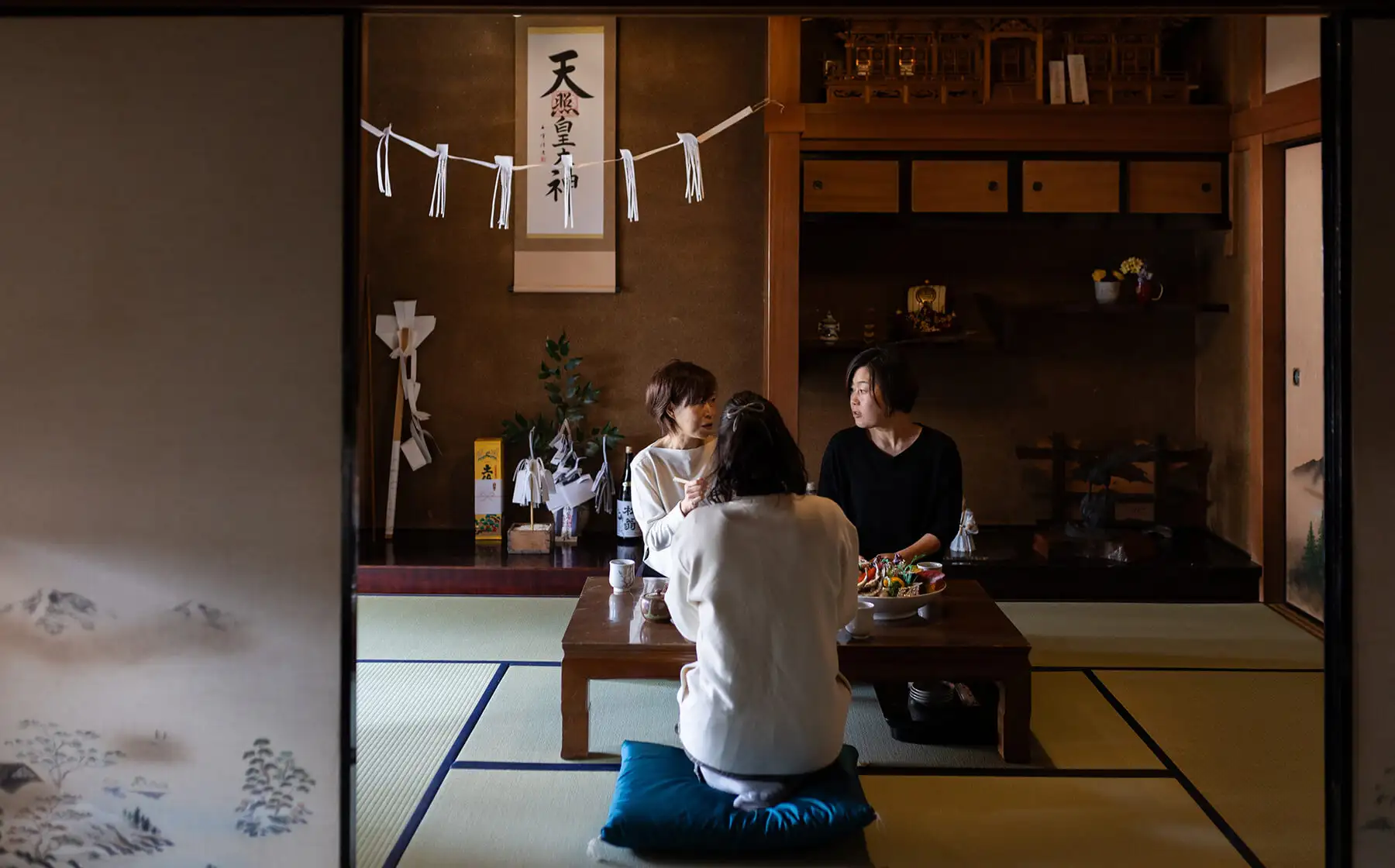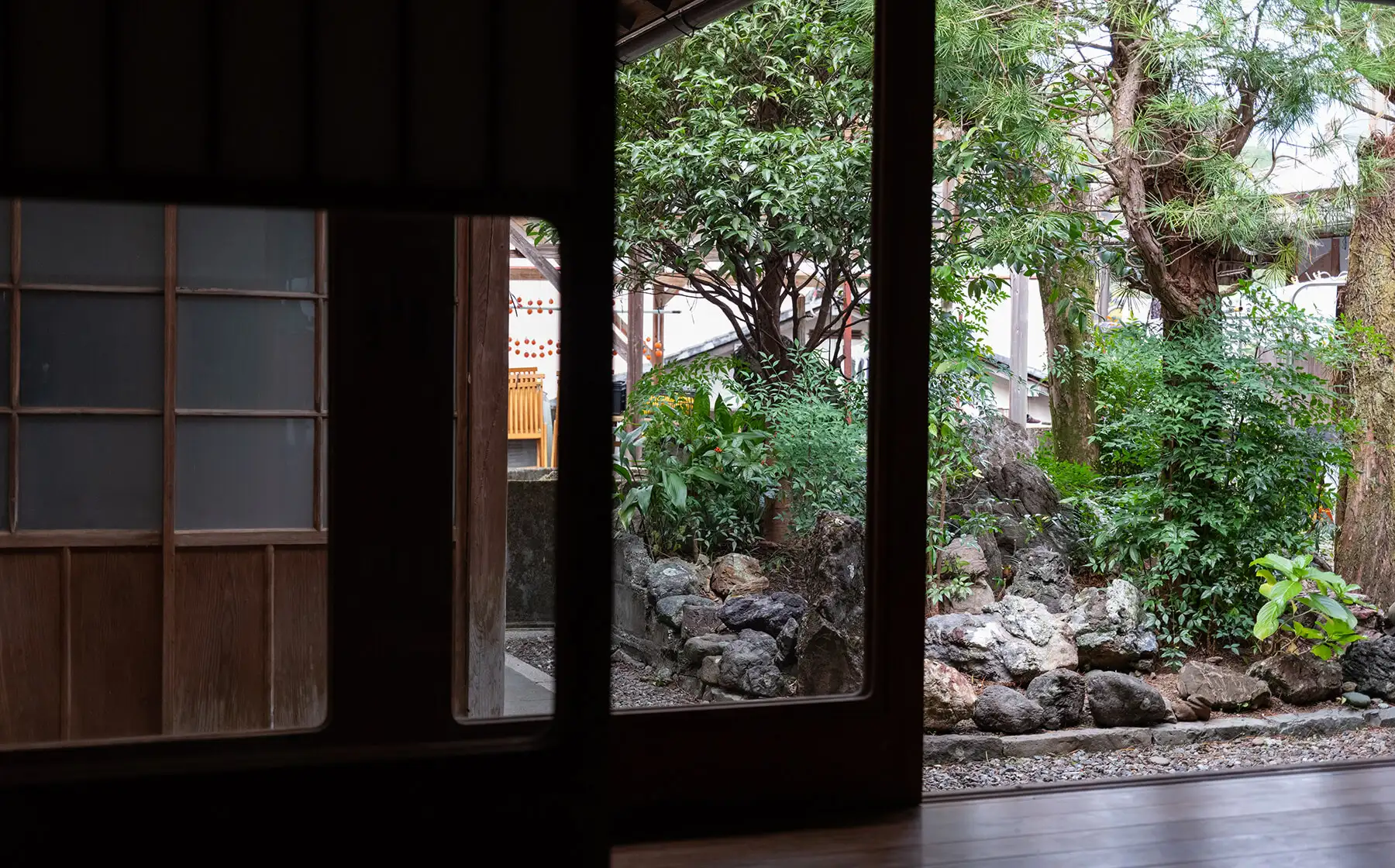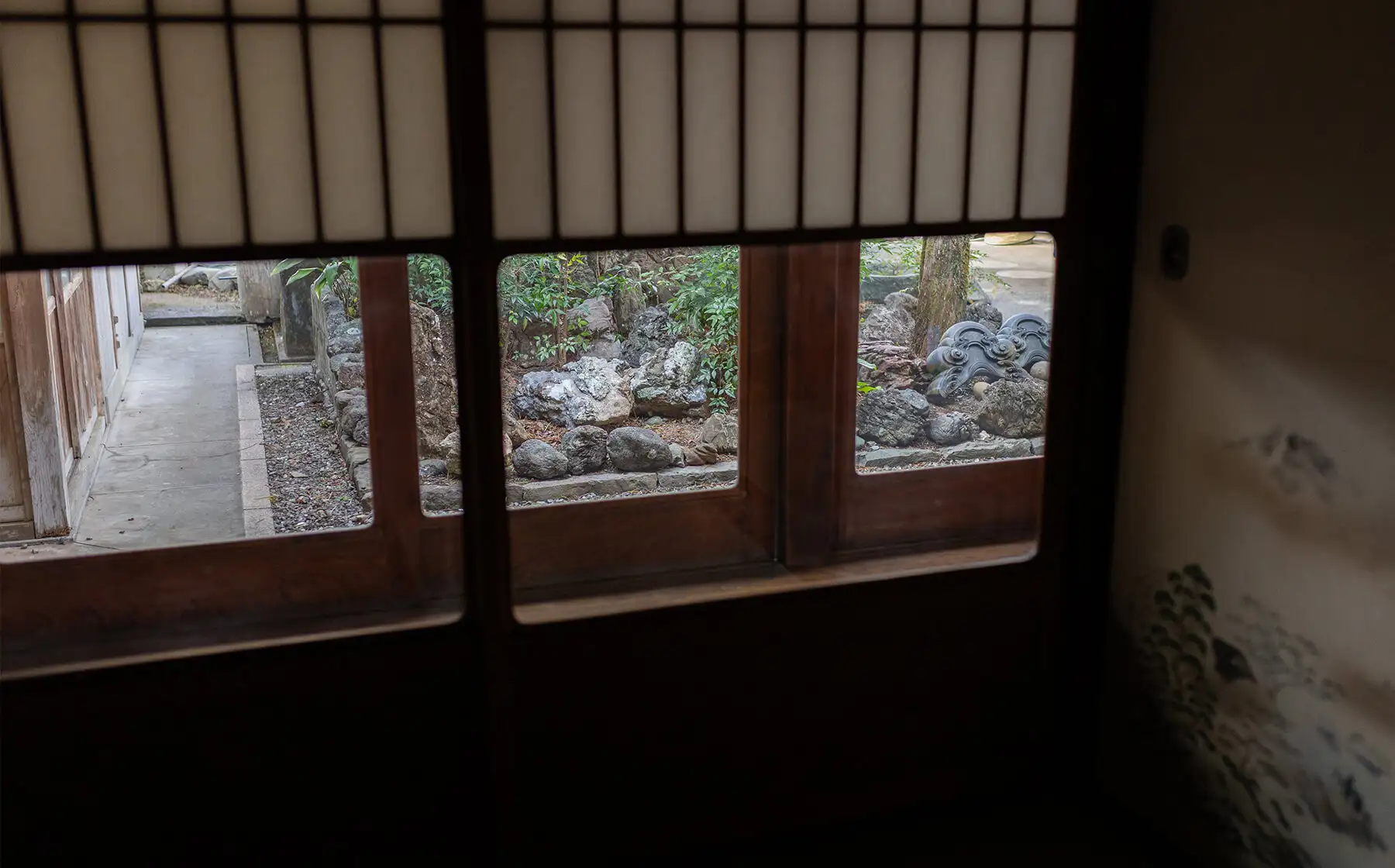まきの宿について
About
まきの宿は1日1組、一棟貸しの宿です。
山里の築80年の古民家で、物部に暮らすように過ごしてほしいという思いから、
町歩きやエリアごとのコースやスポット、食のご案内、いざなぎ流を知ることのできる体験など、
物部をまるごと体感できるアクティビティをご用意しております。
Maki no Yado is a standalone guesthouse limited to one group per day.
This kominka, which is a traditional Japanese folk house built in a mountainous area,
was constructed 80 years ago. As we want our guests to experience what life is like in Monobe, we provide a variety of activities, such as: town walks, walking courses, and locales that allow guests to see different areas; a guide to local cuisine;
unique experiences to learn about Izanagi-ryu, and more.
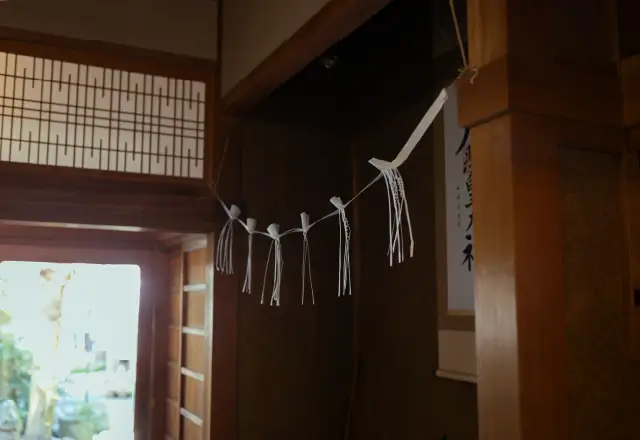
いざなぎ流とは、物部の人々の暮らしに根ざす民間信仰です。1980年には国の重要無形民俗文化財に指定されました。中世ごろから現在までいざなぎ流が残り続けているのは、物部の山深い風土ゆえのことだと考えられます。
陰陽道や修験道、仏教、神道が混ざりあった特殊な信仰で、地域に複数いる太夫(たゆう)によって、氏神や家の神の「神祭り」、病気を治したり豊作を願う「祈祷」、「祈念」、山や水の神様などの「鎮め」などが行われます。
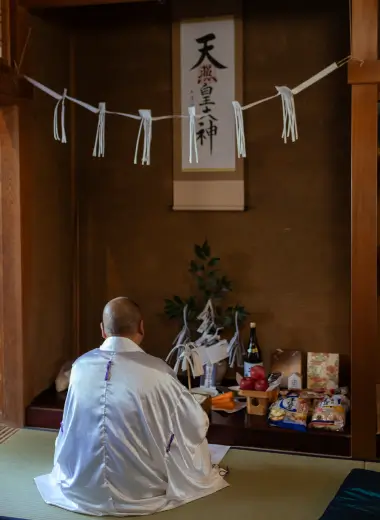
Tayu and yagito (prayer at home)

いざなぎ流の祈祷や祈念の多くは、家庭や親族のなかで執り行われるごく私的なもの。そのため、地域外から訪れた人には触れられる機会がなかなかありません。秘められた厳かなイメージが先行していますが、和やかな雰囲気のなかで家族の健康と繁栄を祈る儀式もあるなど形はさまざまです。 また、七つ道具の一つである和紙でつくられた御幣や面も表情豊かで個性があります。自然界が多様な生き物によって成り立つように、いざなぎ流もまた多様性や共存性、神秘的な芸術性を持ち合わせているのです。
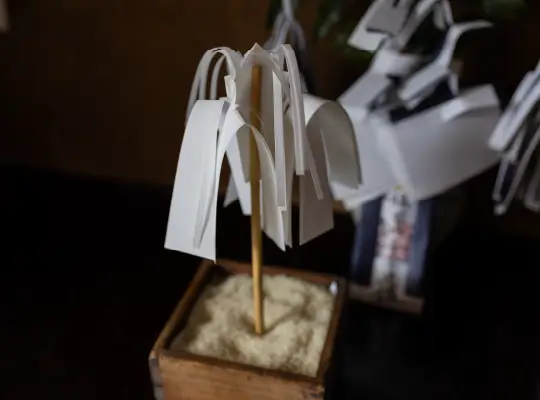
現在の物部の暮らしや風景のなかにもいざなぎ流は生き、そのこころは後世に脈々と受け継がれています。しかし、物部の人口も太夫の数も減りつづけ、継承が危ぶまれています。
まきの宿は、あまり目にすることのない物部の日常にあるいざなぎ流を知り、体験できる拠点となっていきたいと考えます。
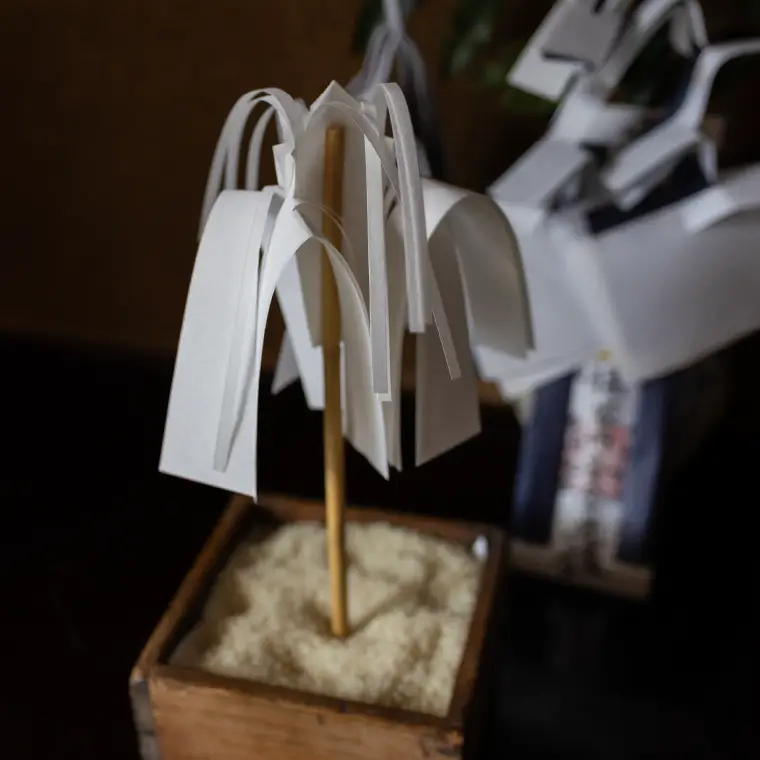
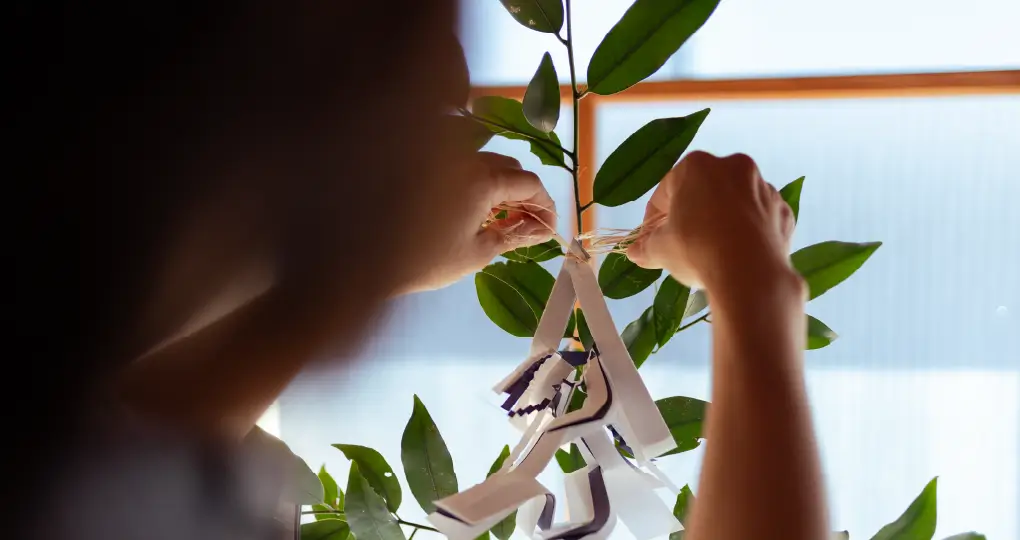
Izanagi-ryu is a folk belief system that forms the foundation of people's lives in Monobe. In 1980, Izanagi-ryu was designated by Japan as an "Important Intangible Folk Cultural Property." It is believed that Izanagi-ryu has been passed down since the medieval period in Japan (1180-1603) and that it only continues to exist in the present day due to the Monobe area being located deep in mountainous terrain.
Izanagi-ryu is a unique mixture of onmyodo (i.e., the "way of yin & yang"), shugendo (i.e., the "way of mountaineering pilgrimage"), and the Buddhist and Shinto religions. Several tayus (i.e., people who pray) in the local area perform rituals such as kami-matsuri (i.e., praying to the tutelary deity and the household deity), kito and kinen (i.e., praying for the sick and when bringing in harvest), and shizume(i.e., praying to appease the gods of mountains and water).

Many of the prayers of Izanagi-ryu are for private matters carried out for families and relatives. That is why those who come to visit from outside the local area rarely have the opportunity to experience Izanagi-ryu. While these rituals seem hidden and dignified, at times, ceremonies are held in a relaxed atmosphere, praying for the well-being and prosperity of the family. The gohei (i.e., decorated wands) and masks that are made of Japanese washi paper—one of the seven tools used in the ceremonies—have different designs/expressions, making each of them unique. Just as the natural world is made up of a diversity of living things, the same goes for Izanagi-ryu, demonstrating diversity, coexistence, and mystical artistic qualities.
Izanagi-ryu is present in the lives of the people of Monobe, as well as everywhere around them, and the heart of these beliefs is passed down to the younger generations. However, the population of Monobe as well as the number of tayus are decreasing, and Izanagi-ryu is on the path to being lost. Against that backdrop, we wish for Maki no Yado to become a place for guests to understand and experience the presence of Izanagi-ryu through the lives of the local people, as a unique opportunity.
[ *1 ] 太夫は農業や林業などの生業を持ちながら、いざなぎ流の祭儀・知識を修行によって習得し、伝承しています。物部の人々は年に1度、太夫を雇って家祈祷を行います。太夫は神棚に向かい、無病息災などを祈願します。
While tayu take on occupations such as those involving agriculture and forestry, they also acquire Izanagi-ryu ritualistic knowledge through training and then pass down that knowledge to others. Once a year, the people of Monobe hire a tayu to conduct yagito prayer
The tayu face the home altar and pray for good health and vitality, etc.
[ *2 ] 和紙でつくられる御幣は表情が豊かで200以上の種類があります。
Gohei, made from Japanese washi paper, with over 200 types in existence, all with rich expressions/designs
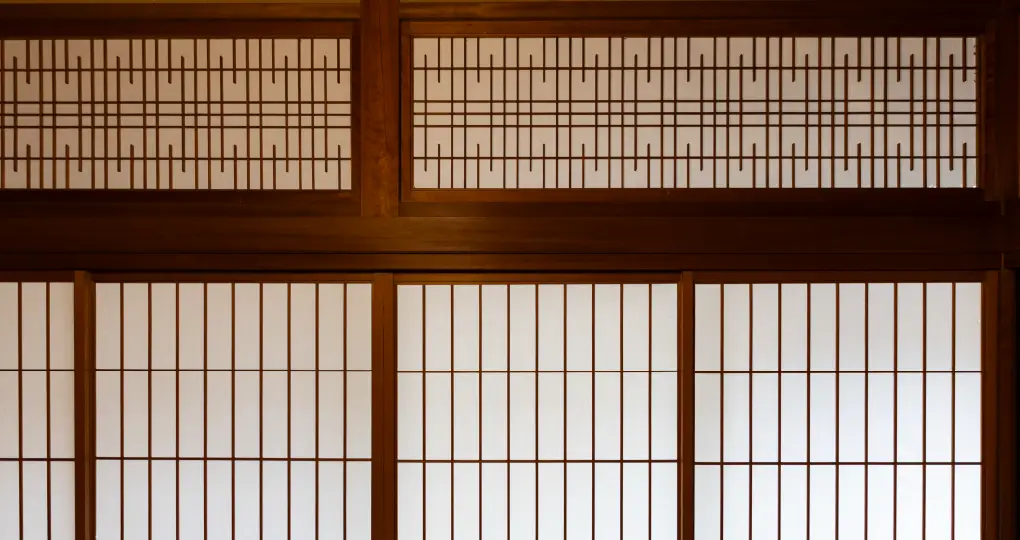
山﨑家は代々、この地で鍛冶屋を営んできました。邸宅は昭和18年(1943年)に建てられたものです。林業が隆盛していた時代、物部村(現在の物部町)には山仕事をささえる鍛冶屋が多くありました。当時は、日が暮れると、芸者さんたちが奏でる三味線や太鼓の音が通りにも聞こえ、にぎやかだったそうです。山﨑邸の周辺には置屋だった建物がいまも残されています。
宿は、歴史ある山﨑邸の和室や土間の雰囲気をそのままに、2023年に改修を行いました。室内の淡い桃色の漆喰壁は、物部や周辺地域に特有のものです。庭には、高野槙(こうやまき)が植えられています。日本で御神木として珍重されてきた高野槙と、昔は一帯を槇山村と呼んでいたことにちなみ、宿を「まきの宿」と名づけました。宿の隣には大家さんご夫妻が暮らしています。

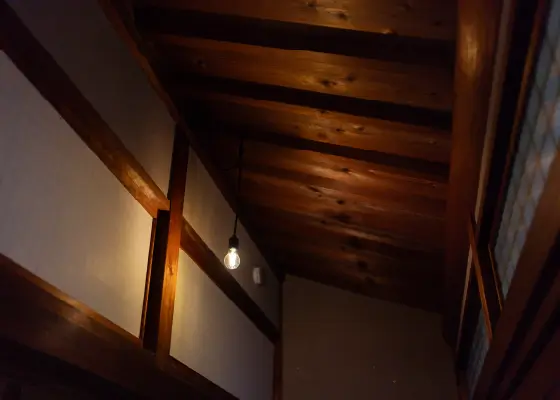
The Yamasaki Family was a blacksmith family in this local area. Their residence was built in 1943. When the forestry industry was thriving here, many blacksmiths who supported the area’s forestry industry lived in Monobe Village (now Monobe Town). In those days, after dark, the sounds of shamisen and drums played by geisha could be heard on the street, creating a lively atmosphere. Old okiya building,where the geisha lived, can still be seen around Yamazaki Residence.
The guesthouse was reworked for renovation in 2023 while retaining the classic atmosphere of the Japanese-style rooms and the doma (i.e., earthen floor) area of Yamazaki Residence. The light peach-colored plaster walls in the interior are unique to Monobe and the surrounding area. Japanese umbrella-pine (also known as koyamaki) is planted in the garden. The guesthouse, Maki no Yado, is named after this tree, which has been valued as a sacred tree in Japan, and the old name of this area called Makiyama Village. The landlord couple live next door to the guesthouse.
まきの宿は、旅人がやすらげる場所であるだけでなく、地元の人のコミュニティの場、旅人と地元の人を繋ぐ場として、物部内外の方々に活用していただきたいと思っています。
We wish for Maki no Yado to become a place where not only visitors can come and relax but where the local community can gather and connect visitors to the townspeople. We would like everyone locals and visitors to come and enjoy Monobe.

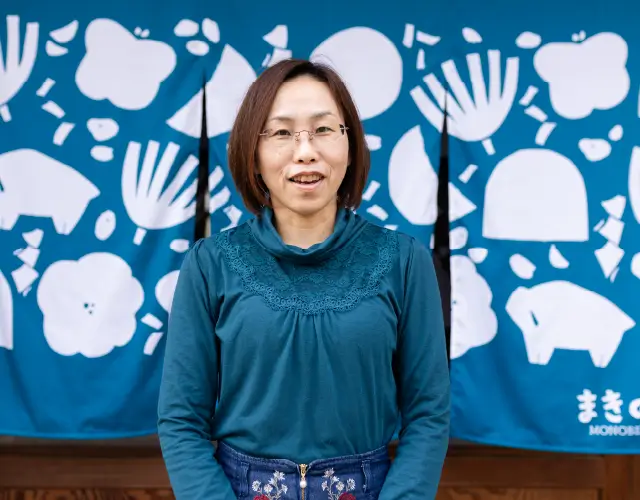
高知県香南市出身
Mayu Komatsu, Owner
Born in Konan City, Kochi Prefecture, Japan
ごあいさつ
Message from the Owner
香美市役所で23年間、文化財の保護・活用の担当として勤務。2023年に独立し「まきの宿」を立ち上げました。結婚をきっかけに物部で暮らしはじめ、この土地ならではの文化や歴史、風景、人の魅力を深く知るにつれて、多くの方に物部のことを伝えたいという思いがつのるようになりました。
まきの宿を拠点に、物部でゆったりとした時間をお過ごしいただけたら嬉しいです。
I worked at Kami Municipal Office for 23 years as a specialist in the preservation and utilization of cultural assets and left there in 2023, opening Maki no Yado. I moved to Monobe when I got married. As I came to know more about the area’s unique culture, history, scenery, and people, I wanted more people to come and experience what Monobe has to offer. I hope that that visitors can enjoy a relaxing time in Monobe and during their stay at Maki no Yado.


